Latest Posts
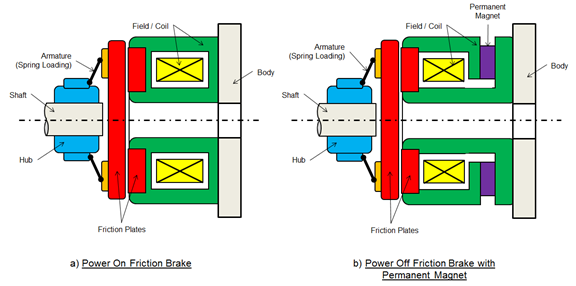
The Electromechanical Response of a Brake Design
A guest blogger from Continuum Blue demonstrates what the consultancy can do for clients in the electromechanical brake field by modeling the electromechanical response of a brake design.
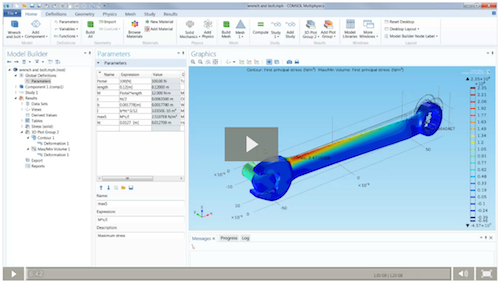
How to Model Stresses and Strains in COMSOL Multiphysics
Want to learn how to model stresses and strains in COMSOL Multiphysics®? This blog post contains an embedded video that will demonstrate the process in under 5 minutes!

Intro Model: Studying the Signal Strength of RF Coils
Electronics designers need to ensure that RF coils contained within their devices can properly transmit information from a source to its destination. Electromagnetics simulation can help.

Ammonia Synthesis, a Complex and Nonlinear Process
In the final installment of our Chemical Kinetics blog series, we discuss the complex and nonlinear process of synthesizing ammonia. Get an overview of the equations and modeling considerations.

Multiphysics Simulation: An IEEE Spectrum® Insert Now Available
The 2014 edition of Multiphysics Simulation, an IEEE Spectrum insert, features stories about engineers and designers in the power and energy industries. Get an overview here.
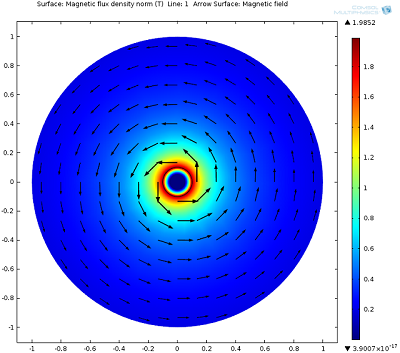
Modeling Superconductivity in a YBCO Wire
Many superconducting wires are made of yttrium barium copper oxide, aka YBCO, a compound that displays superconductivity at relatively high temperatures compared to other superconductors.
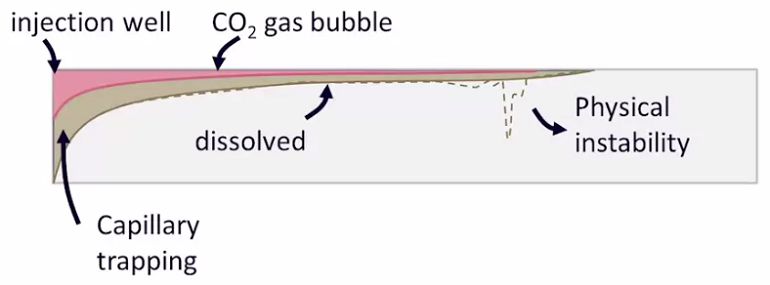
AMPHOS 21 on Simulating Carbon Sequestration
Carbon dioxide sequestration is a proposed solution to releasing carbon dioxide into the atmosphere that involves storing the CO2 in geological formations. AMPHOS 21 models this process.

Video: Mechanical Analysis Accelerates Time-to-Market
“The more precise and explicit your simulations of mechanical parts and assemblies are, the less chance for product failure and delayed manufacturing runs.” Learn more in this blog post & video.

Modeling Thermal Fatigue in Nonlinear Materials
2 challenges when simulating fatigue in nonlinear materials: 1.) Correctly representing the material behavior and 2.) finding a fatigue model that captures the life-controlling mechanism.
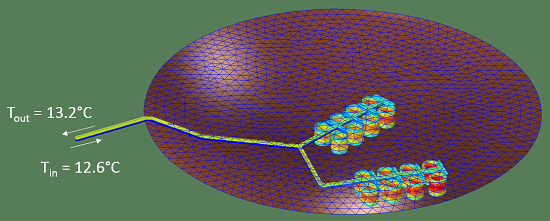
How to Integrate Functions Without Knowing the Limits of the Integral
Did you know that the COMSOL® software can solve integrals as well as partial differential equations? Learn how to integrate functions — even without knowing the limits of the integral.

The Strength of the Weak Form
Learn about the origins of the weak form equations, how to derive them from classic equations, how to express them in the COMSOL Multiphysics® syntax, and more >>

Shaping Crystals for Camouflage Surfaces
Researchers at the University of Michigan discovered a way to shape crystals with a photochemical reaction, enabling crystal structures to appear in various patterns and colors (like chameleons!)

Happy Birthday, Guglielmo Marconi
Guglielmo Marconi is best known for pioneering long-distance radio transmission and helping develop commercial radio. Learn about the life and work of the Nobel-Prize-winning electrical engineer.
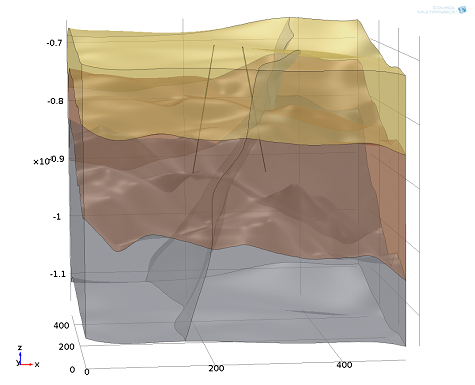
Coupling Heat Transfer with Subsurface Porous Media Flow
Part 2 of the Geothermal Energy series: We couple heat transport and subsurface flow processes to determine the thermal development of the subsurface due to geothermal heat production.
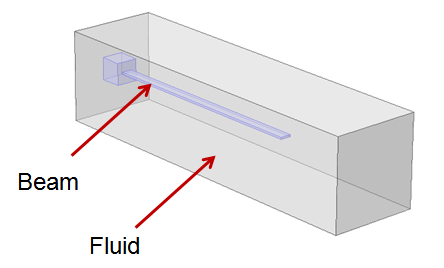
Natural Frequencies of Immersed Beams
A guest blogger from Veryst Engineering demonstrates the modeling of a cantilever beam immersed in a fluid to study its natural frequencies. Read it here >>
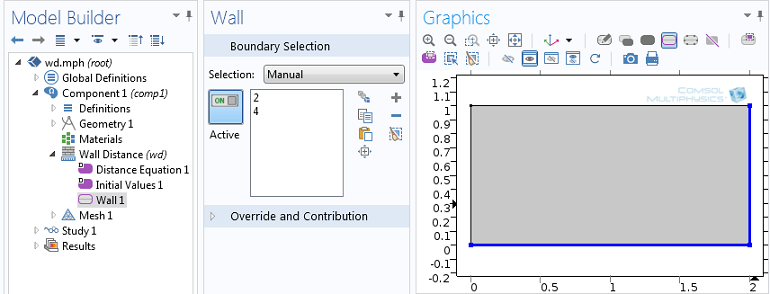
Tips for Using the Wall Distance Interface
The Wall Distance interface can be used to calculate the distance to the nearest wall or detect when a moving object will hit a wall. Learn how to implement this interface in CFD simulations.
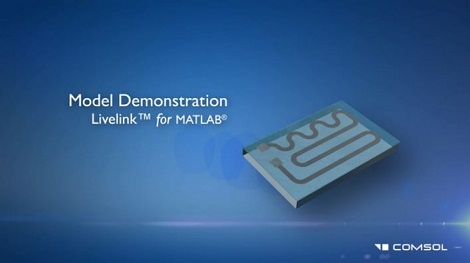
Using MATLAB® Functions in Your COMSOL Multiphysics® Models
Did you know that you can use MATLAB® functions in your COMSOL Multiphysics® models? Get a demonstration in a tutorial video (transcript included) here >>
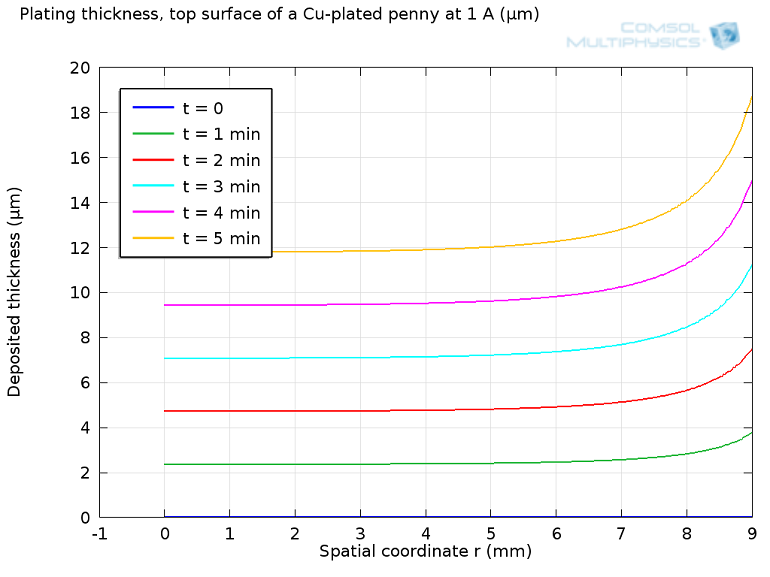
Electroplating: How the U.S. Mint Makes a Penny
Did you know that a penny actually doesn’t contain a lot of copper? Learn about how the U.S. Mint makes pennies through the process of electroplating, which can be studied with chemical modeling.
Geometric Kernels in COMSOL Multiphysics®
Do you know what a geometric kernel is? This software component is responsible for handling geometry in COMSOL Multiphysics®. Get a comprehensive background of what this means…

Where Can I Find COMSOL Multiphysics Tutorial Models?
There are 2 ways you can find COMSOL’s tutorial models: The online Application Gallery includes downloadable resources and the Application Library makes models available directly in the software.

What Kinds of FSI Problems Can COMSOL Multiphysics Solve?
We discuss the various techniques for modeling fluid–structure interaction (FSI) in the COMSOL® software, as well as highlight the add-on modules you need for these various types of analyses.

Building a Beowulf Cluster for Faster Multiphysics Simulations
In 1994, NASA researchers built a small cluster of normal workstations. They called this parallel workstation Beowulf. Today, “Beowulf cluster” describes clusters built from normal workstations.
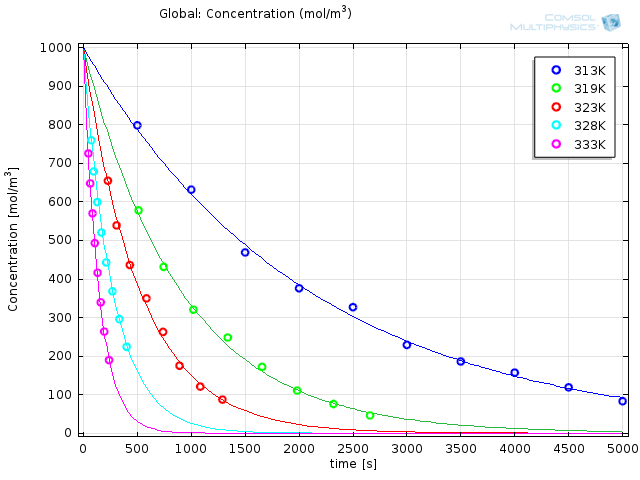
Chemical Parameter Estimation Using COMSOL Multiphysics
In this installment of our blog series on chemical kinetics, we discuss how to estimate the chemical parameters of your model in COMSOL Multiphysics®.

Modeling the Hydrostatic Pressure of a Fluid in a Deformable Container
Picture a water balloon being compressed at the center. As you squeeze the balloon, the locations of the highest point and depth of fluid change, altering the hydrostatic pressure distribution.
